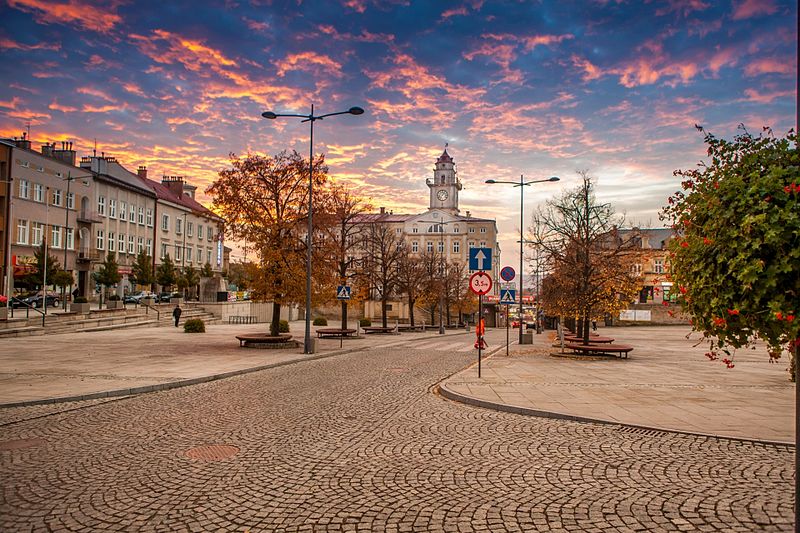
"Gorlitza" (Yiddish)
"Gorlits", "Gorlitse"
Lat: 49° 40' N; Long: 21° 10' E
Much of her original content remains. Many thanks for her hard
work in bringing our Gorlice ancestors' history to life.

"Gorlice" is pronounced "Gor-leetz-eh", with the stress falling on the middle syllable.
It is located in the southern part of Poland, in the Province (Voivodeship) of Malopolska ("Little Poland"). Lying between the Ropa and Sekowka River Valleys, the city is surrounded by the Carpathian Mountains. Gorlice sits between the towns of Jaslo and Nowy Sacz, about 63 miles southeast of Kraków. The population in 2008 was 29,500.
This page is hosted at no cost to the public by JewishGen,
Inc., a non-profit corporation.
If it has been useful to you,
or if you are moved by the effort to preserve the memory of
our lost communities, your
JewishGen-erosity would be deeply appreciated.
|
Compiled by Susan Kim Created June 2023 Updated: February 2025 Copyright © 2023 Susan Kim |
Top of Page